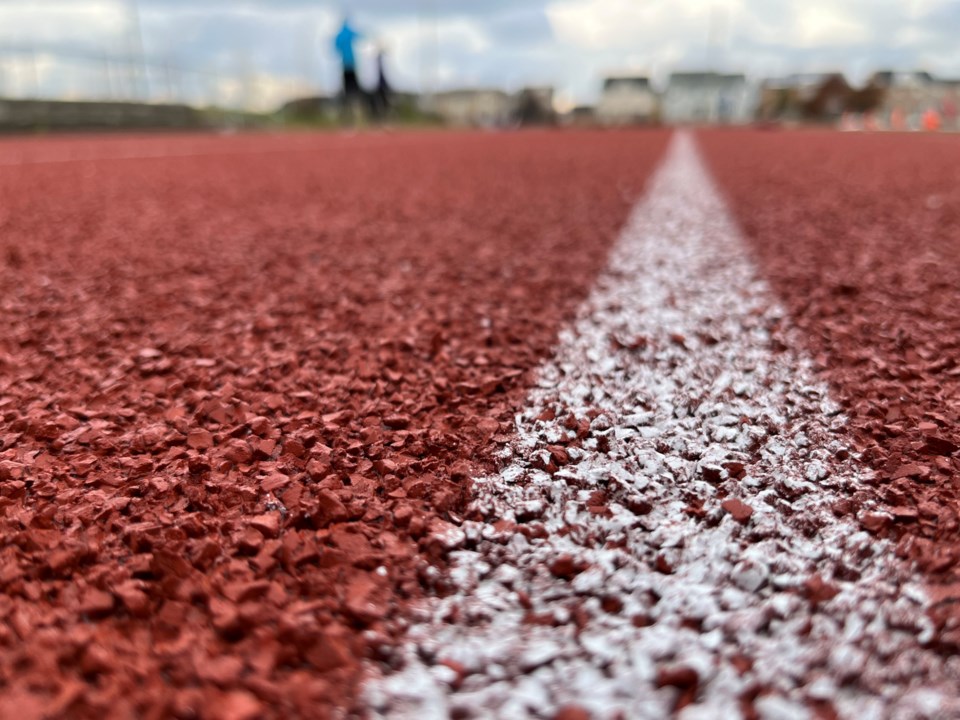BarrieToday welcomes letters to the editor at [email protected] or via the website. Please include your full name, daytime phone number and address (for verification of authorship, not publication). The following letter is from a Barrie native in response to a story titled 'City now eyeing former Fisher site for multi-use sports field,' published Oct. 9.
Bob Bruton updates the community on relocating the proposed site for the multi-use sports field at the Barrie Central Collegiate site and the performing arts centre at the Sea Cadets site near the Spirit Catcher.
I agree that the new plans for these two facilities place them in a more ideal spot than was previously planned. However, as mentioned in this article, the original plans for the sports complex at the Lakeshore Drive location planned to have synthetic turf fields near the waterfront.
I am concerned that, with this location change, a synthetic turf field will still be constructed rather than one made from natural turf. If the material used for these fields is still artificial turf, major environmental repercussions will occur.
As mentioned in 'Ecosystem services for compensation of artificial turf systems' (May 2021), artificial turf fields release more greenhouse gas emissions (GHG) than natural ones.
In a 9,000-square-metre zone, the synthetic field released 55.6 metric of GHG emissions over two years, while a natural field benefitted the environment with a value of -16.9 metric tonnes.
In Sweden, synthetic turf is one of the main contributors to microplastic pollution with approximately 3,000 metric tonnes being released into the surrounding environment annually.
There is a concern that the health of the people of Barrie will be impacted when these microplastics are dispersed through storm drains, snow removal or enter into our groundwater reserves. This harmful material may enter into our drinking water, exposing us to its harmful impacts.
Our local water sources can see a slow increase in zinc levels as time progresses from the recycled tire rubber that is used as turf. Although this increase would take decades to cause an identifiable impact, there could still be negative effects on the health of the citizens and local wildlife from increased concentrations of zinc, heavy metals and carcinogenic chemicals.
I have witnessed an increase in the amount of recreational fields that are being created with synthetic materials in recent years. For example, the newly built Maple Ridge Secondary School decided to create its football field with artificial turf made from recycled rubber.
We must advocate for the fields that will be created at the new sports location located on the old Barrie Central Collegiate location to be built with environmental and human health in mind. Create these fields with natural materials such as grass, rather than recycled rubber from car tires so we can all play safer.
Carter Neale
Hamilton



